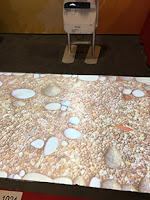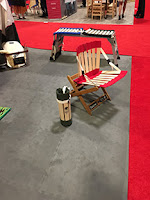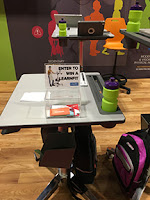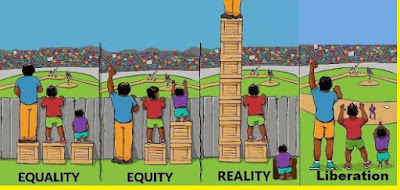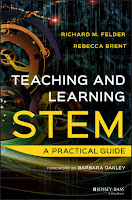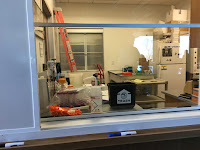This book focuses on how our brains, still ancient in how they are able to set goals and how they are easily distracted to sense potential danger, are struggling with today's overload through social media, non-stop connection to information through smartphones, and the need to satisfy our "information foraging." Their hypothesis is: "We engage in interference-inducing behaviors because, from an evolutionary perspective, we are merely acting in an optimal manner to satisfy our innate drive to seek information. Critically, the current conditions of our modern, high-tech world perpetuate this behavior by offering us greater accessibility to feed this instinctive drive and also via their influence on internal factors such as boredom and anxiety" (13).
When set goals to achieve anything, the danger to lose focus and, in the long run, either take much longer to achieve our goals or not achieve them at all, is brought on by the novelty of external influences that are coming in on social media and smartphones. Humans have always had this challenge, but with the world at their fingertips, the challenge has increased, to the point where we have great difficulties not having our phones with us. Some mind-boggling (and maybe self-reflective) data:
Smartphone users check their smartphones
- on an average of 27 times a day, ranging from 14-150 times per day depending on the study, the population, and the number of years someone has had a smartphone,
- when they have time to kill (42%),
- while driving (55%),
- in a movie theater (35%),
- on a dinner date (33%)
- during school performances (32% of parents),
- during church (19%),
- during a shower (12%)
- during sex (9%)
Smartphone users (75%) have their phones within 5 feet of them at all times, with 75% of the younger users sleeping with their phone next to their bed, on vibrate or ring, waking up at night to check. 80% reach for their phones within 15 minutes of waking up; 62% reach for their phones as the first thing after waking up.
This leads to lots of screen time right before bed, which disrupts sleep patterns and leads to increased anxiety (108-9).
Add to this the constant mental stress of multi-tasking and task-switching, and it is no wonder that people do not accomplish as much as we are hoping for as they have the constant challenge of work interruptions (you need to reply to that email right now) or social media interruptions (so much more fun and gratifying). FOMO (Fear of Missing out) and simple boredom also increase our social media usage.
For education, research has shown that students with lower GPAs tend to spend more time on Facebook, tend to do a lot more task-switching, spend more time on media during the day, and lack study strategies. I learned about the game cellphone stack, that apparently is played at dinners where the person who first needs to look at their phone will pick up the tab. Maybe this can be used for teaching as well.
The authors do not leave us completely hanging with these depressing numbers but provide a couple of chapters with suggestions on how to cope with this need to forage for information. We can change our brains or change our behaviors.
What are methods to change our brains? Consider meditation, cognitive exercises, video games, nature walks, certain drugs and physical exercise - all these, in some ways, allow us to focus on goals more effectively.
What are methods to change our behavior? Focus on getting a good night's sleep by limiting screen exposure in the late evening. Here is a list of questions to reflect on that may help with changing behavior:
- "How might I increase my metacognitive view of how my own mind performs in a given situation, and in what ways are my actions not in line with how I should behave based on my goals and an understanding of my limitations?
- How might I change my physical environment to reduce accessibility of potential distractors?
- How might I assess whether I am self-interrupting because of boredom, and how might I make the task more interesting to stave off that boredom?
- How might I recognize when my actions are driven by anxiety about missing out on something in my virtual world, and what steps can I take to reduce that anxiety?" (238






